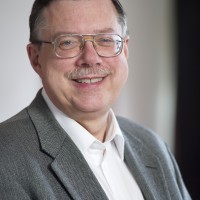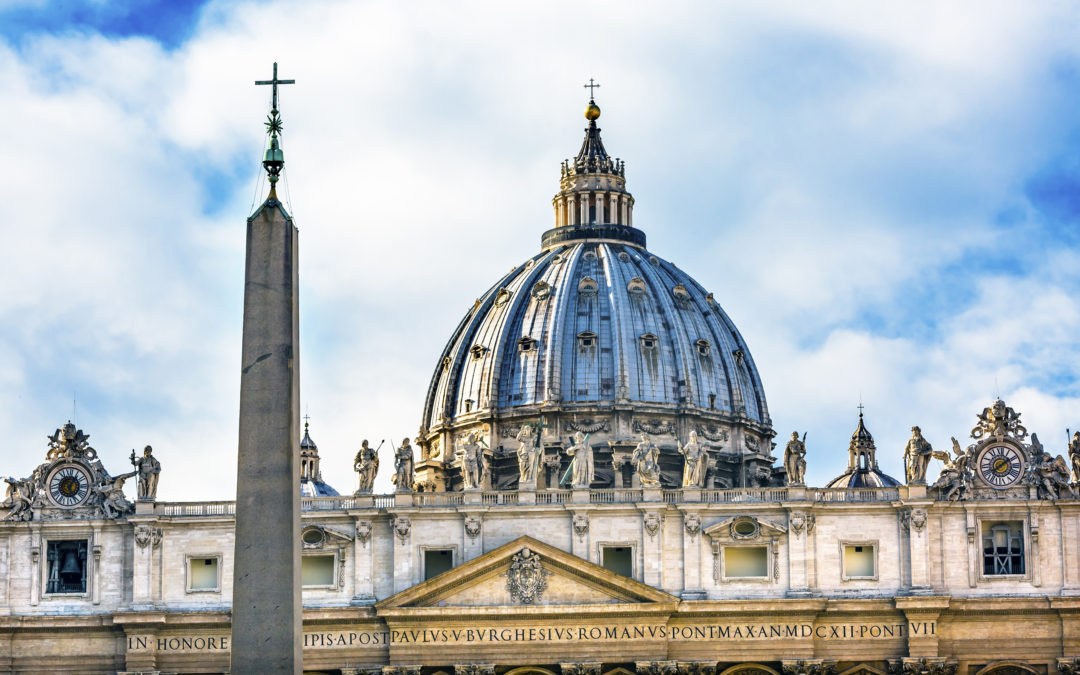Dr. John Osborne, one of the foremost experts on Roman architecture and monuments was at NIU March 21 and 22 as part of the Elizabeth Allen Visiting Scholars in Art History series.

Dr. John Osborne
Osborne presented the lecture, “The Monuments of Ancient Rome in the Medieval Imagination,” held a question and answer period and then spent time with NIU graduate students in the Art History.
“I love talking to graduate students and talking to them about what they’re doing,” he said.
Osborne first encountered Italy during a trip after his first year in college at Carleton University in Ottawa, Ontario.
“I took a summer program to Venice and got hooked on the buildings and the art,” he said. “I was a history and English major and when I came back I started taking more art history/archaeology courses and suddenly shifted over to that. I did graduate work in Rome and wrote a thesis on an excavated church in Rome. I have spent part of every year in Rome since 1974.”
Of particular interest to him was how subsequent generations of Romans reinterpreted the meanings and purposes of structures built before their time.
“A long time ago I got interested in medieval guidebooks to Rome and descriptions of Rome, because I’m interested in material culture–buildings and monuments and so on,” Osborne said. “We have some traveler’s accounts of things they saw and experienced. It’s not like modern reporting, it’s very subjective. It struck me that more and more of the identifications that people put on these monuments were invented identifications, but they were invented with a purpose. They wanted to use this building to make some point about contemporary politics.
“So, what do those invented meanings tell us about the medieval history of Rome? In my talk, I was looking at a big building like The Pantheon and some of the other ancient monuments in Rome, and how they were sort of spun in the Middle Ages and how they were understood. They could be quite fanciful–the big obelisk in front of St. Peter’s Basilicia, they thought was the tomb of Julius Caesar.
“Why did they think it was the tomb of Julius Caesar and what did that mean to them? By looking at that we can get clues about how the medieval inhabitants of Rome and the Papacy saw themselves through the meanings they gave these monuments and buildings.”
Osborne is recently retired after concluding a four-decade long career as a college professor and administrator at the University of Victoria in British Columbia, Queen’s University in Kingston, Ontario and most recently at his alma mater, Carleton University.
“I’ve moved around, but the constant in my life has been the city of Rome for 44 years, he said. “The British government has an institute of archaeology there. I was very fortunate. I was a graduate student in Britain, and they open it up to the former British empire, and Canadians can get in. That’s been my home in Rome since then.”
Retirement from teaching and college administration is one thing, but Osborne is not done doing research. He’s going back to Rome in April to being a three month fellowship.



